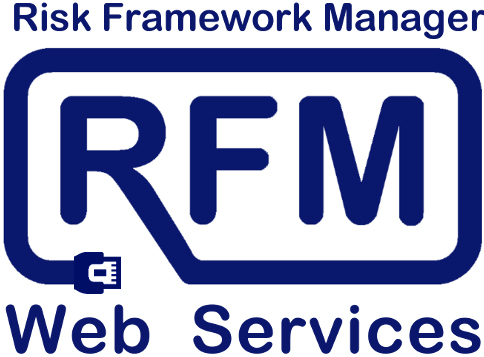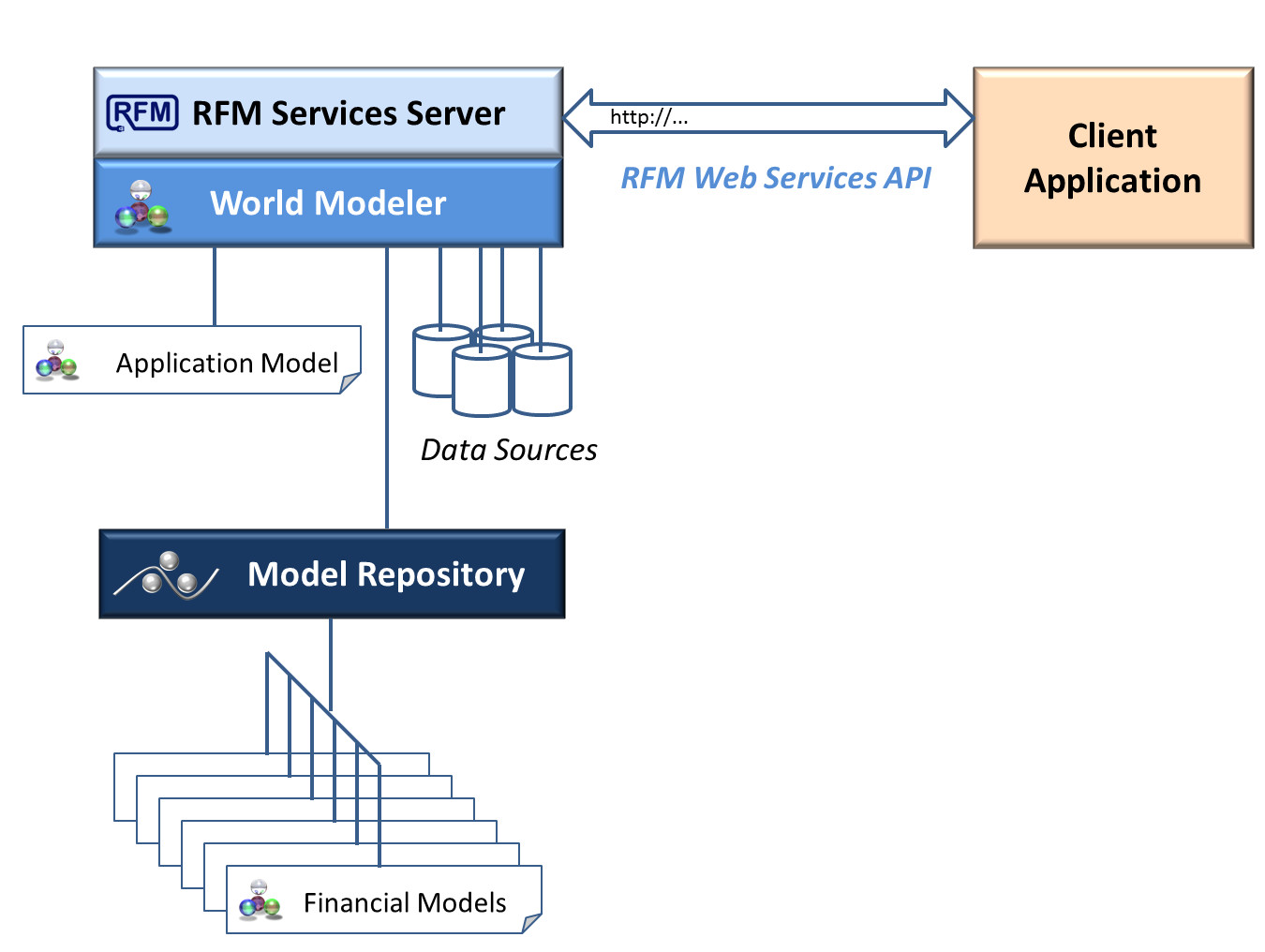 | Programmer's Guide to the RFM Web Services API |
Next ▸
Who should read this guide?
This is the programmers' guide to the RFM Web Services API (RFM WSA). It is intended for professional programmers or software engineers who
will be consuming services from the RFM
WSA. The material presented here
assumes the reader is proficient in web development, both in the browser (HTML 5, Javascript and CSS 3) and on the web server (most examples
are presented in PHP and/or ASP.NET). The reader should be conceptually familiar with
RESTful Web Services
and experience in consuming Web Services is preferable. There is no requirement to possess any experience in, or much detailed knowledge of, the
creation of Web Services. If the reader has no experience and little familiarity with RESTful Web Services, a
brief review
of these is provided in the material that follows.
Overview of the RFM web services architecture
Let us begin by reviewing the high-level architecture of the RFM application framework. The RFM web application runs on the
World Modeler
TM platform developed by
Quantellia. Consequently, much of its
architecture is derived from how World Modeler
TM works. In practice, the details of this are usually not visisble to the
consumer of RFM Web Services, but in some cases, knowing what to request from a service, along with understanding the results that are returned,
are easier with at least a basic familiarity with World Modeler
TM. Before we get to that, the RFM architecture is summarized in the
diagram below. Note that all the RFM application modules themselves utilize the RFM
WSA
in exactly the way shown here.

High level architecture of typical RFM Services implementation.
The following sections make up the remainder of this guide.
Table of contents for following sections
Next ▸

